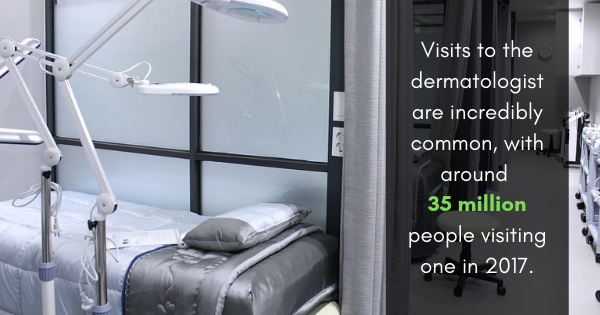
Should You Sweat Hyperhidrosis?
Always sweaty? There could be more at play than the hot weather.
It’s a tale as old as time: the weather gets hotter, and you get sweatier. This is completely normal — sweating is a healthy behavior that helps regulate your body’s temperature. It’s also important to remember that the amount a person sweats can vary greatly based on body type and external conditions; you could sweat as much as several liters each day and still be considered within the range of “normal” perspiration.
There are some people, however, who sweat a little too much, suffering from a condition known as hyperhidrosis. If you think you’re sweating more than you should, or sweating when you shouldn’t, you’ll find what you need to know here.
What Is Hyperhidrosis?
Hyperhidrosis is a medical condition defined by excessive sweating. It can come in two forms: primary hyperhidrosis, a chronic condition, and secondary hyperhidrosis, an acute condition with a clear external cause such as cancer or hormonal imbalances. In either case, it usually affects the underarms, hands, feet, buttocks, and nose. While sweating in these areas is normal, the degree to which people with hyperhidrosis sweat can lead to some embarrassing inconveniences, such as stained clothes, pungent body odor, and smudged books or papers.
What Are My Treatment Options?
Fortunately, there are many treatments available for hyperhidrosis. The most frequently recommended option is Drysol, a liquid made of various salts and aluminum chloride. Like most antiperspirants, the salts and aluminum chloride plug up the targeted sweat glands, but Drysol contains a much higher concentration of both, making it much more powerful.
While Drysol is highly effective in treating secondary hyperhidrosis, patients with primary hyperhidrosis will need a more long-term solution. A common second-tier treatment is iontophoresis, a procedure involving pads or pans which pass a gentle electrical current through water into the skin. First used in the 1950s, studies have shown effectiveness rates as high as 91%. This method can be expensive, however, and requires frequent sessions.
There are also prescription medications available to treat hyperhidrosis. The most notable drug, Robinul, targets the sympathetic nervous system and weakens its ability to regulate secretions, reducing volume and frequency of sweating in the process. But be aware: because it affects the entire nervous system’s ability to manage secretions, Robinul can cause dry eyes, dry mouth, and constipation.
Surgery is a possible solution for more extreme cases of hyperhidrosis. Botox injections can inhibit the functions of sweat glands, but they can be expensive and often aren’t covered by insurance. A more invasive procedure, known as a sympathectomy, entails the removal of sympathetic ganglia, clusters of nerve cells responsible for sweating and other sympathetic nervous responses. Because this can significantly affect the body’s fight-or-flight response, we do not recommend this course of action.
As unpleasant as it is, hyperhidrosis can be easily managed. If you think you might be suffering from this condition, schedule an appointment with a dermatology professional today to find out what treatment works best for you.










No Comments
Sorry, the comment form is closed at this time.